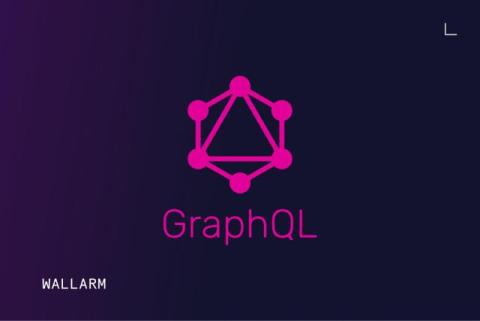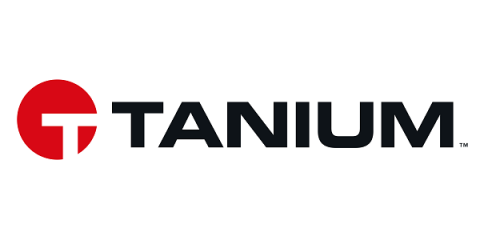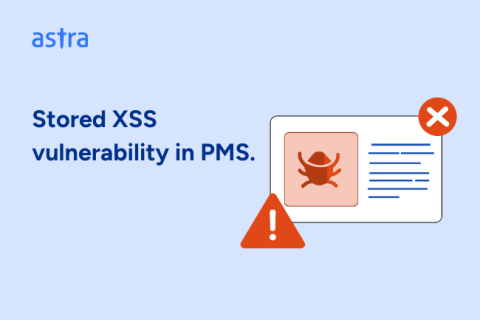Fundamentals of GraphQL-specific attacks
Developers are constantly exploring new technologies that can improve the performance, flexibility, and usability of applications. GraphQL is one such technology that has gained significant attention for its ability to fetch data efficiently. Unlike the traditional REST API, which requires multiple round trips to the server to gather various pieces of data, GraphQL allows developers to retrieve all the needed data in a single request.











